The advent of artificial intelligence (AI) is shaking the very foundations of artistic expression, ownership, and authorship. It’s no longer just about canvases and sculptures; the creative realm now encompasses complex algorithms and machine-generated outputs. The recent ruling involving Stephen Thaler, who developed an AI capable of composing poetry, serves as a stark reminder of how outdated our current legal framework is in light of these technological advancements. The Court of Appeals for the District of Columbia Circuit ruled that AI-generated works cannot be attributed to a human creator, effectively stripping these creations of copyright protection. This situation raises an essential question: If technology is advancing at breakneck speed, should our legal principles not evolve in kind?
The Legal Dilemma of Authorship
Judge Patricia Millett’s remarks in the court’s decision underscore a significant aspect of intellectual property law: it mandates that authorship must belong to a human individual. This principle has its roots in a long-standing belief that human experiences and emotions are critical to any creative endeavor. When machines begin to generate art, we find ourselves at an awkward crossroads. At what point does the creator transition from being human to something more akin to a tool? Thaler’s case dramatically entangles this concept by questioning whether an artist merely employing AI in their creative process has any real claim to authorship. The judge’s ruling emphasizes a troubling reality: if something is created with minimal human intervention, it is not considered art in the eyes of the law.
Implications for Modern Creators
For emerging and established artists alike, this ruling should send shockwaves through the creative community. What does it mean for artists to engage with AI as a collaborator if their output lacks legal protection? The disheartening conclusion is that future creations could be openly used or replicated by anyone with access to the same AI tools, devoid of any recognition for the artist. Artists now face an uneasy dilemma: the very technologies that have the potential to expand their creative horizons could simultaneously strip them of their ownership rights. The realities of creative expression today aren’t just about producing art anymore; they’re also about navigating a legal landscape that is struggling to keep pace with innovation.
The Tension Between Innovation and Ownership
As artists navigate this shifting terrain, a palpable tension exists between seeking innovative ways to express themselves and the growing anxiety surrounding ownership. This apprehension is legitimate. As generative AI capabilities expand, so does the risk that artists could lose control of their creations. Many may hesitate to leverage AI’s incredible potential for fear of surrendering their rights entirely. This brings us to the philosophical inquiry: will the reliance on machine-generated art dilute the value of human creativity, or could it elevate the entire field into new realms never before imagined?
The Future of Copyright Law: A Need for Reform
Looking ahead, one cannot escape the question of how copyright law will adapt to this new landscape of art. Will the film and gaming industries, often early adopters of new technology, exert enough pressure on lawmakers to reform existing intellectual property statutes? As AI becomes more prevalent in content creation, it’s increasingly unlikely that the current rigid legal framework can accommodate the nuances of AI-generated work. Revisions to laws often take an age to implement, tangled in political and cultural sentiment, leaving artists in a precarious position with their rights in limbo.
A Philosophical Shift in Artistic Expression
Amidst these debates, the conversation about AI and art reflects a pressing need for philosophical introspection. Is creativity solely a hallmark of human intellect, or can the fusion of human and machine produce a novel form of artistic expression? The lines distinguishing human creativity from machine learning may be blurring faster than our laws can comprehend. While machines can lay down the framework for a piece of art, they lack the emotional resonance that undoubtedly enriches human-created works.
The Human Element in AI-Art Collaboration
In this rapidly changing environment, it is crucial to recognize that the essence of art has always been rooted in unique human experiences. AI may generate the structural components, but the emotional and experiential layers remain undeniably human. The evolving relationship between man and machine suggests an opportunity for artists to redefine what it means to be creative. As discussions surrounding ownership intensify, perhaps the real value does not lie solely in who legally claims ownership but rather in how this collaboration can push creative boundaries, birthing previously unimaginable forms of art.
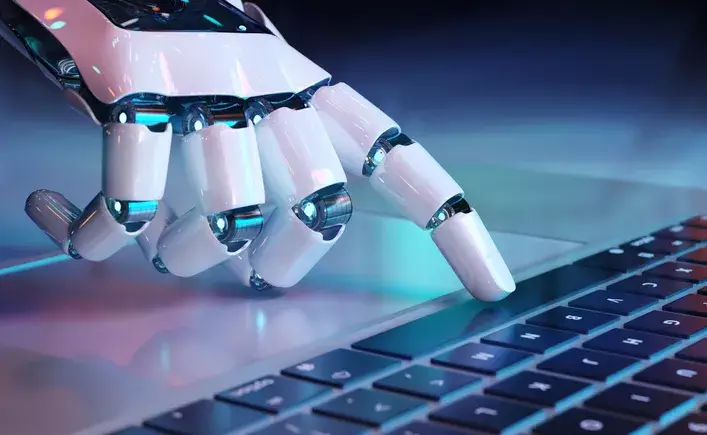
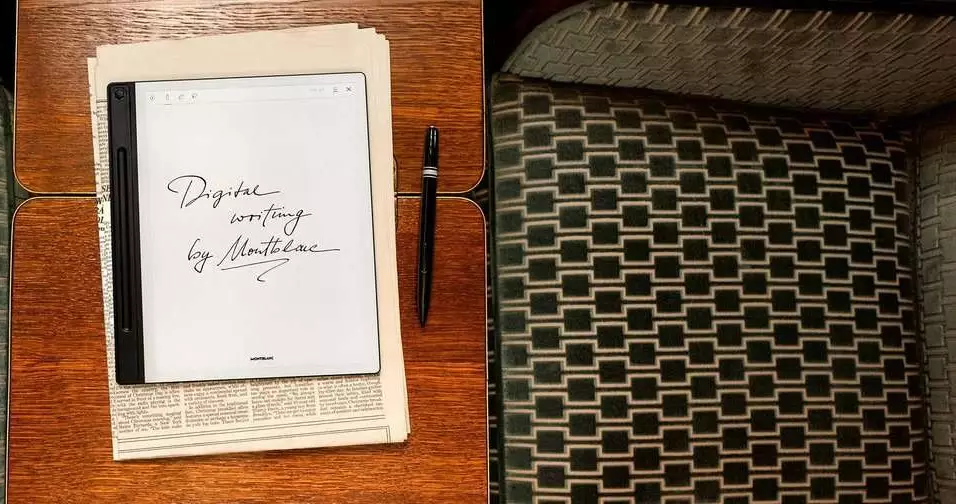
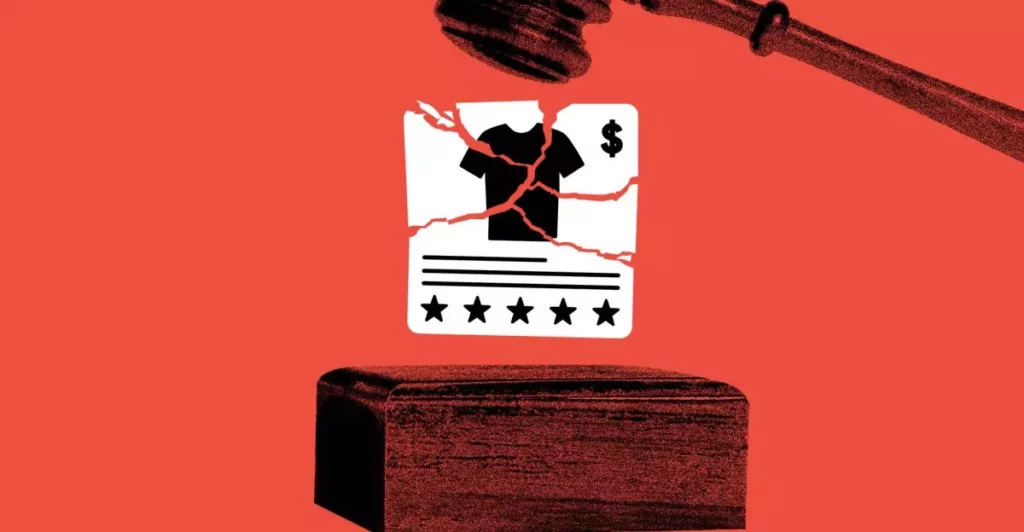
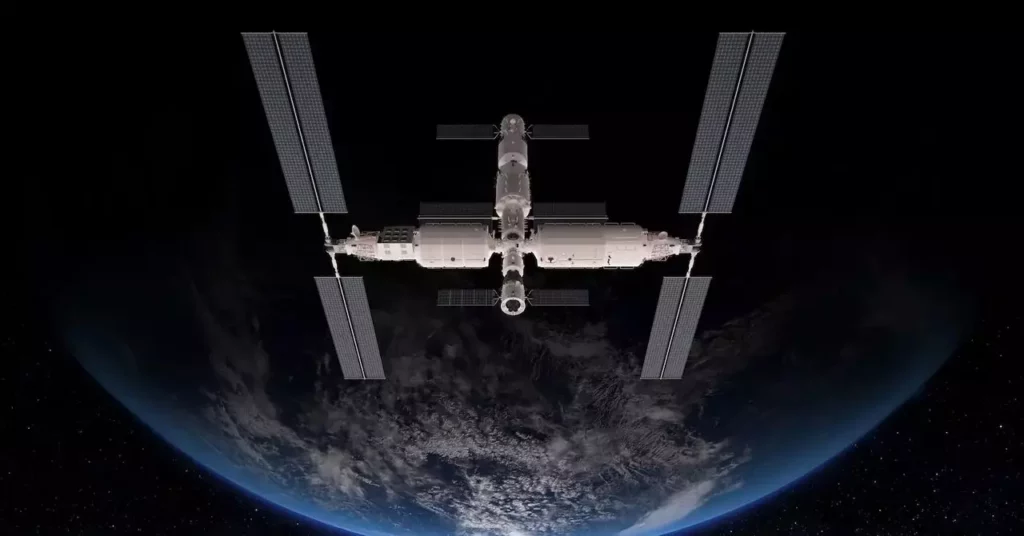
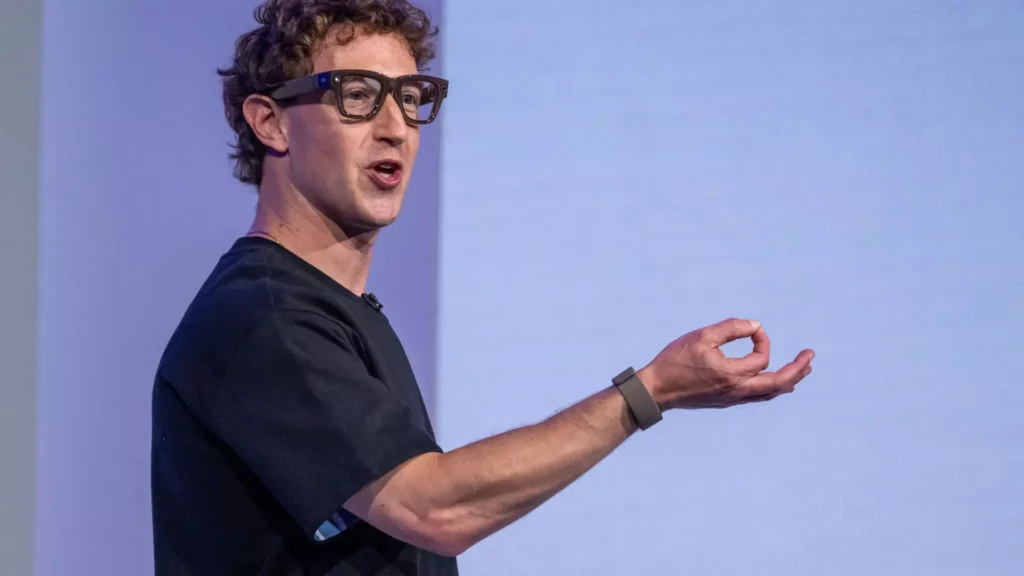

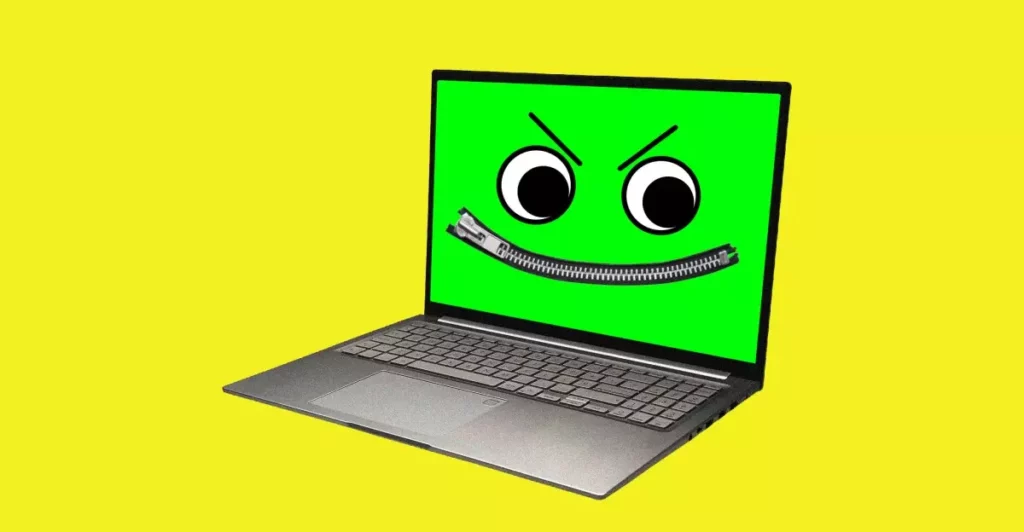
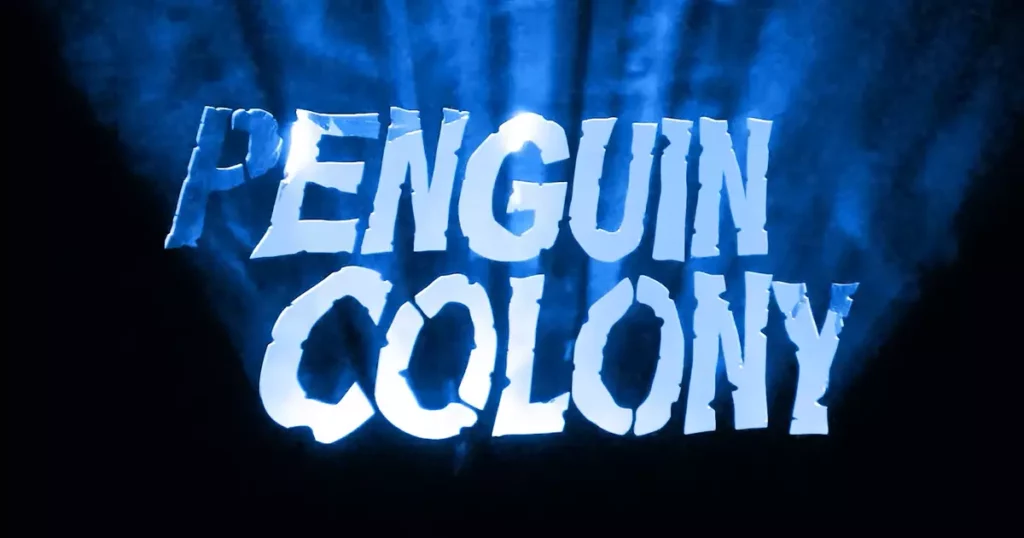
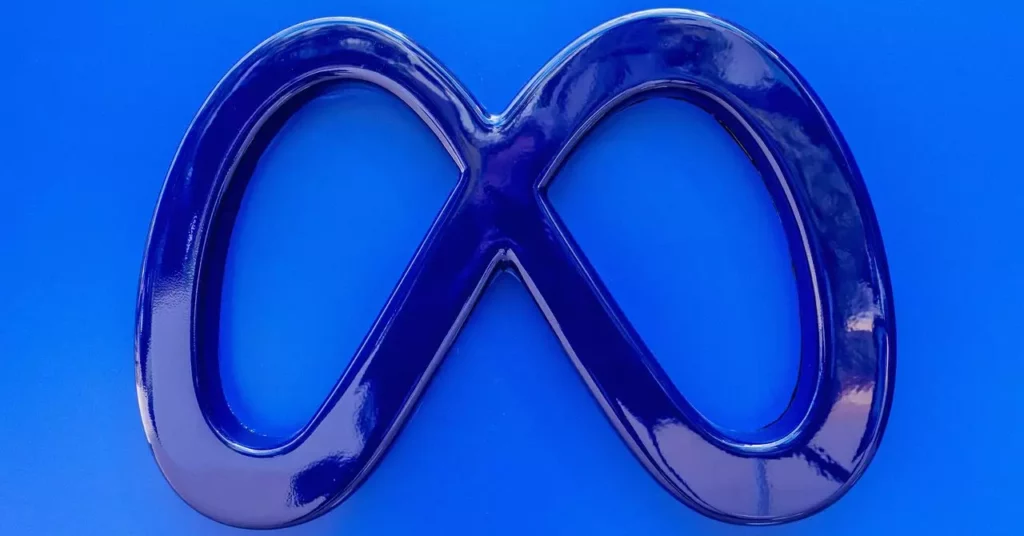
Leave a Reply